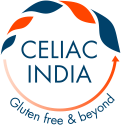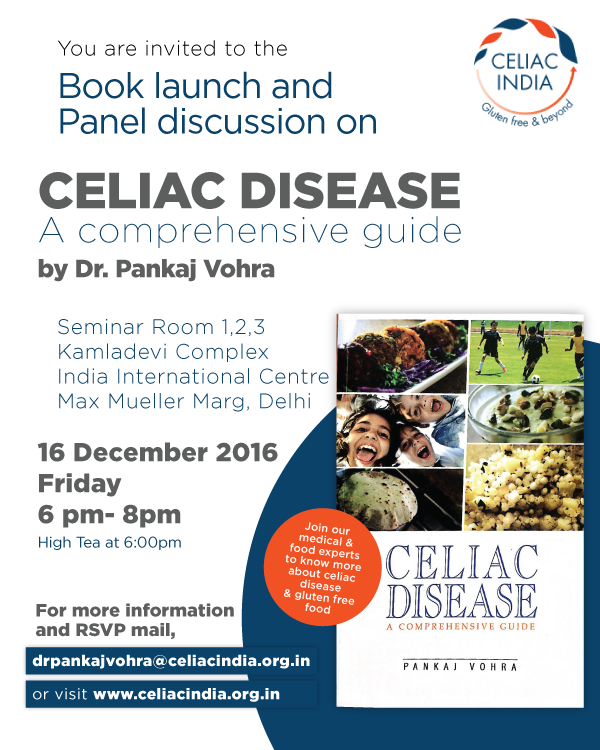What is gluten free
20 parts per million, i.e. 20 mg of gluten per kg of food, is the generally accepted limit of gluten in ‘gluten free’ labeled food items in most parts of the world.
In real life terms, approximately 1/10000th of a bread slice contains more gluten than this safe limit! Read Gluten Math to understand how.
In countries where gluten free labeling laws have been established, gluten content is tested as per the defined procedures and only if found to be below the defined threshold level, is the product certified gluten free, by either the government organizations or independent certification organisations.
Read more about how products are tested for gluten content from our monthly column with the Gluten Intolerance Group, USA which is the leading organization for gluten free certification in USA.
Gluten free labelling laws differ from country to country but are largely based on the guidelines by the Codex Alimentarius Commission. Codex has been established by Food and Agricultural Organization (FAO) and World Health Organization (WHO) to develop international food standards and guidelines to protect the health of the consumers and ensure fair trade practices in the food trade.
The codex document for gluten free food is available at www.codexalimentarius.org/input/download/standards/291/cxs_118e.pdf which defines 20 ppm as the acceptable limit of gluten in gluten free food items.
There is at present no law defining gluten free labeling in India.

